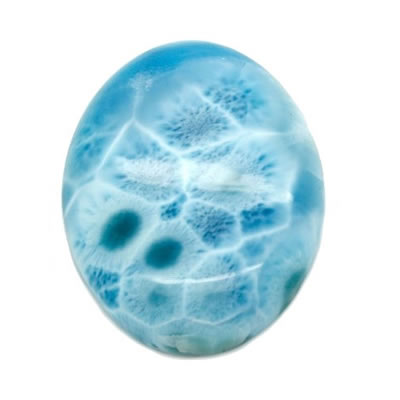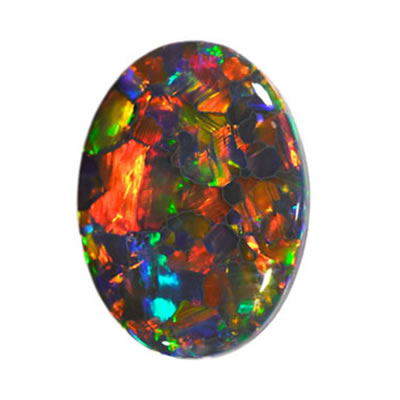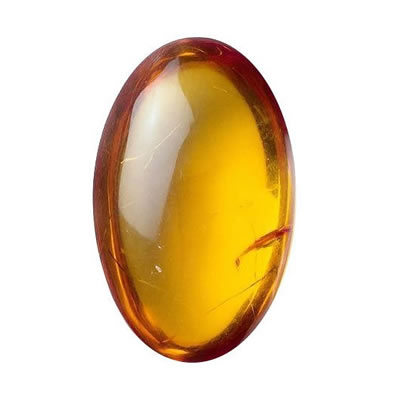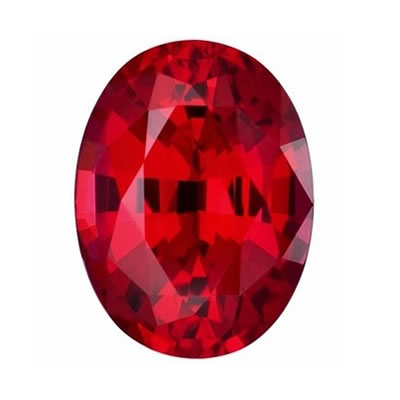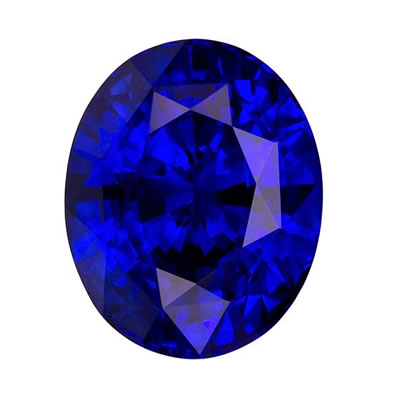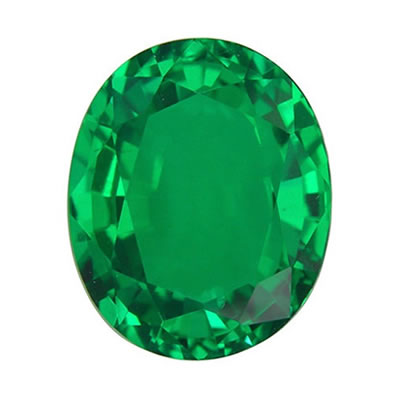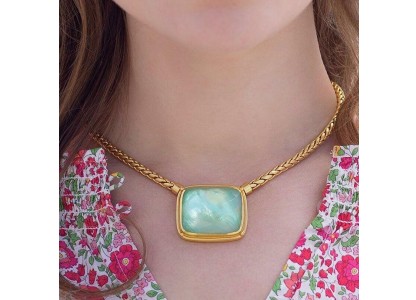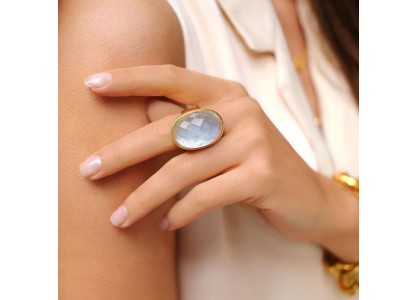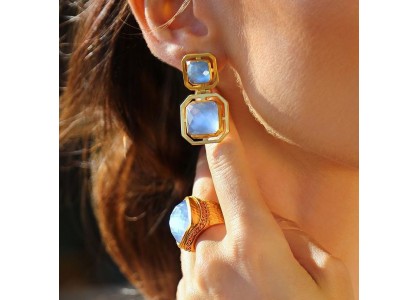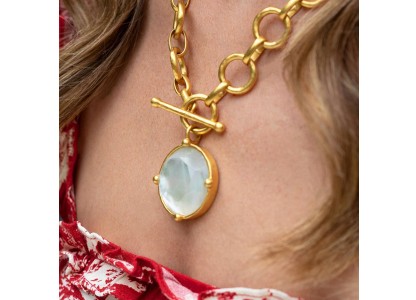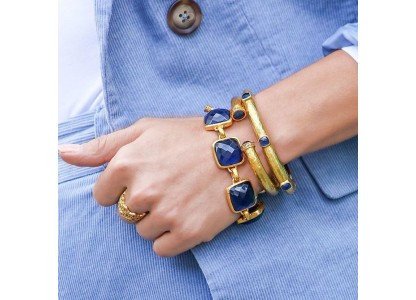Fire Opal

opal family
Fire Opal jewelry
Etymology and history
In the middle Ages, opal was considered a stone that could provide great luck because it was believed to possess all the virtues of each gemstone whose color was represented in the color spectrum of the opal. It was also said to confer the power of invisibility if wrapped in a fresh bay leaf and held in the hand. Following the publication of Sir Walter Scott's Anne of Geierstein in 1829, however, opal acquired a less auspicious reputation.
Fire Opal description
Fire Opals possess flashes of rainbow colors that change with the angle of observation, called play of color. This effect is similar to the rainbow colors displayed on a soap bubble, only much more dramatic. This should not be confused with opalescence, which is the milky blue or pearly appearance of opal caused by the scattering of light. Fire opals are appropriately named for their fiery cherries, sunburst yellows and deep tangerines. Unique and mysterious, fire opal is remarkable in that unlike many other opals its play of color is minimal. Also known as Mexican opal, Mexican fire opal, Tanzanian fire opal, cherry fire opal, Ethiopian fire opal, Brazilian fire opal or sun opal, its legendary popularity instead comes from its breathtaking brilliance, opalescence, extraordinary fiery hues and stunning clarity.
Fire Opal in jewelry
This exclusive gemstone shows the most brilliant hue when it is cut by an expert and viewed from top. You will be surprise how beautiful jewelry with Fire Opal looks. In our store silverrush2000.com you will find the most beautiful designer fire opal bracelets, necklaces, sparkling rings, cocktail fire opal earrings and handmade brooches.
Occurrence
The most famous source of fire opals is the state of Querétaro in Mexico and these opals are commonly called Mexican fire opals. Peruvian opal (also called blue opal) is a semi-opaque to opaque blue-green stone found in Peru which is often cut to include the matrix in the more opaque stones. It does not display pleochroism.
Talk to Our Jewelry Experts
Monday to Friday from 9AM to 5PM EST

